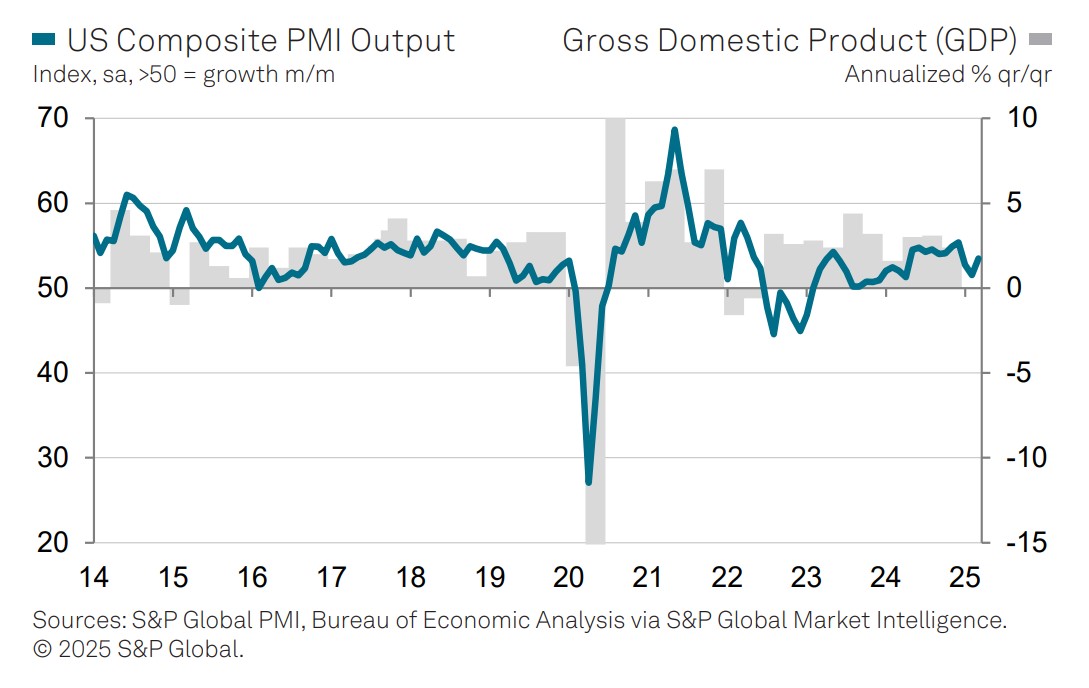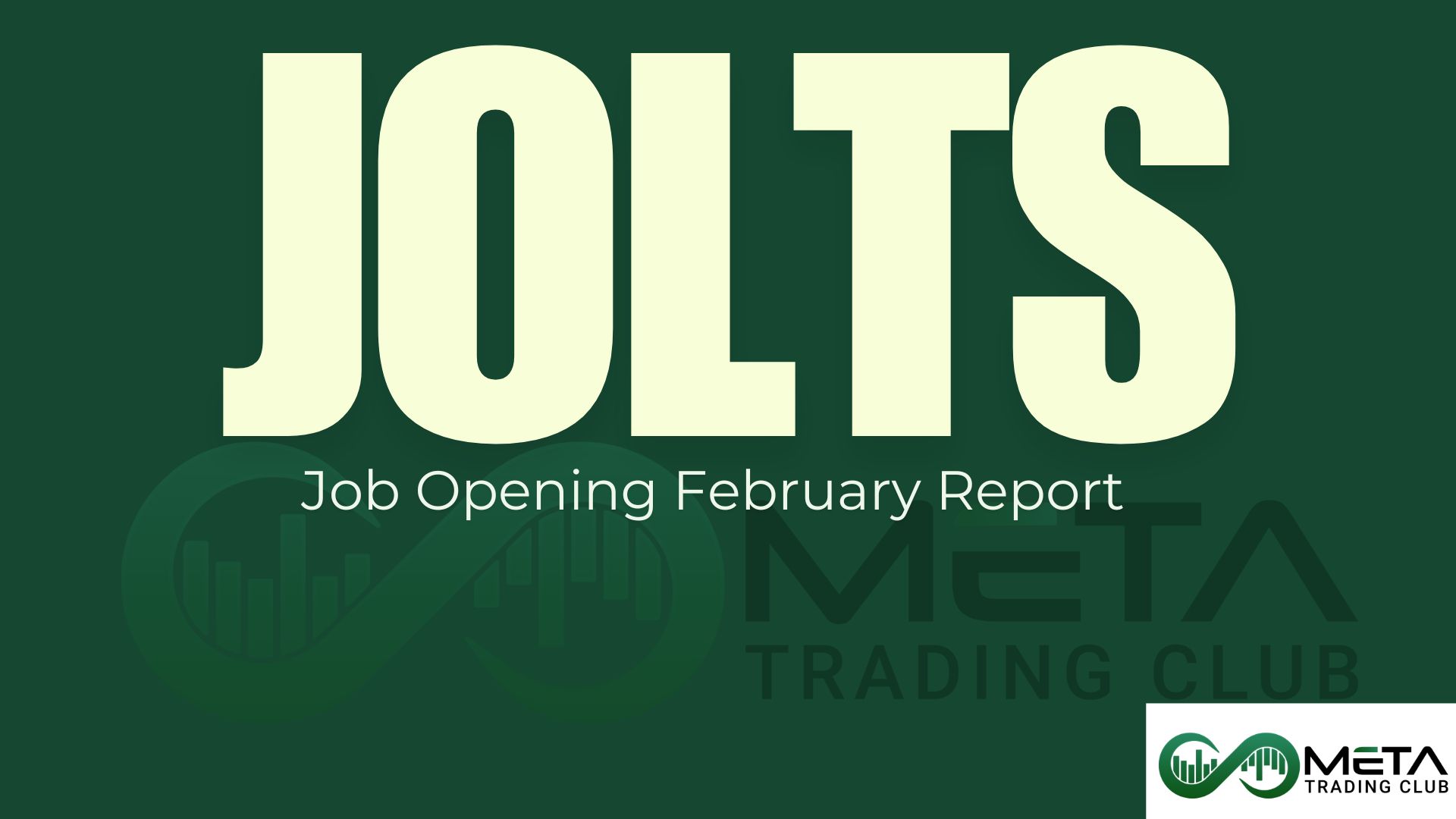The Services PMI (Purchasing Managers’ Index) is an essential indicator of the services sector’s health, covering finance, retail, healthcare, and hospitality. A PMI above 50 signals growth, while below 50 indicates a slowdown.
Two key organizations publish these reports:
- S&P Global: This Services PMI surveys a wide range of service sector companies in the U.S. and globally. It’s known for its extensive sample size and advanced methodology, providing early and detailed business condition insights.
- Institute for Supply Management (ISM): The ISM’s Non-Manufacturing PMI includes data from purchasing and supply executives across various industries, such as construction, utilities, and government administration. This survey, with its long history, focuses more on larger companies.
Both indices are closely monitored by economists and investors for valuable information about services sector performance and trends. A PMI above 50 indicates sector expansion, while below 50 signals contraction.
March S&P Global Services PMI
In March 2025, the S&P Global US Services PMI rose to 54.4, recovering from a 15-month low in February. The increase reflected stronger customer demand, unseasonably warm weather, and solid growth in domestic new business, while foreign sales improved slightly.
Confidence dipped to near its lowest since late 2022, amid concerns over federal cost-cutting and tariffs raising prices and reducing demand. Employment rose modestly, but staffing levels remained below trend. Operating expenses surged to an 18-month high due to labor costs and vendor price hikes, linked to tariffs. Despite rising input costs, competitive pressures limited firms’ ability to raise prices for customers.
Source: spglobal
March ISM Services PMI
In March, ten industries reported growth, down from 14 in previous months. The Services PMI fell to 50.8, its lowest since June 2024, signaling slower growth. New Orders, Employment, and Supplier Deliveries declined, while Business Activity improved. Employment entered contraction after months of expansion. Tariff-related cost increases and concerns over federal spending affected sentiment, which remained evenly split between optimism and expectations of decline.
The dropped ISM Services PMI, signaling slower growth in the services sector. Business activity rose to 55.9, while new orders slipped to 50.4. Employment entered contraction at 46.2, and supplier delivery performance slowed further at 50.6. Prices surged to 60.9 due to tariffs and higher labor costs. Inventories stayed in expansion, but order backlogs contracted. Despite ongoing expansion since 2020, growth momentum has weakened, reflecting challenges like tariffs and reduced government spending.
Source: ISM
Impacts of Report on Stock Market
These reports underscore the mixed performance in the services sector. On one hand, there’s evidence of growth driven by customer demand and favorable conditions, as reflected in the S&P Global report. On the other, the ISM report highlights areas of concern, like slowing growth, declining employment, and tariff-related cost pressures. Together, they reflect the fragile balance between progress and challenges, signaling ongoing uncertainty in the economic landscape.
The S&P 500 experienced further declines following the release of the PMI reports. The mixed signals from the S&P Global and ISM Services PMI reports likely contributed to market uncertainty. These contrasting indicators may have fueled cautious investor sentiment, leading to the SPX downward movement.















